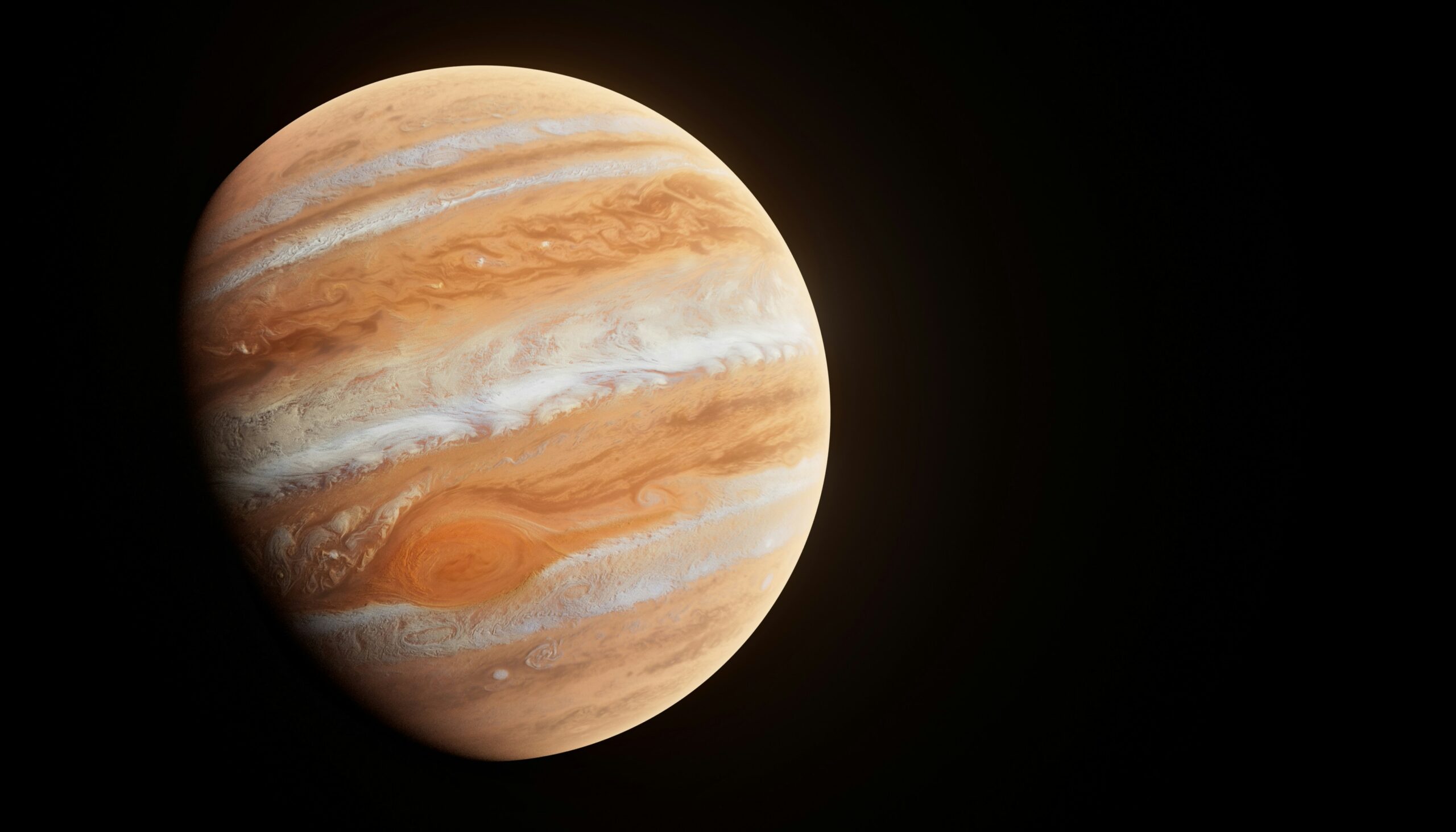Jupiter, the largest planet in our solar system, has long fascinated scientists and stargazers alike. Its vibrant and swirling clouds create a mesmerizing spectacle, but what exactly causes these mysterious storms?
One of the main factors contributing to Jupiter’s cloud-covered appearance is its composition. The planet is primarily made up of hydrogen and helium, with trace amounts of other elements. The high concentration of hydrogen gas in its atmosphere creates a conducive environment for the formation of clouds.
Another key factor is Jupiter’s rapid rotation. The planet completes a full rotation in just under 10 hours, leading to powerful jet streams that drive the movement of its clouds. These jet streams, combined with the planet’s immense size, result in the formation of massive storms that can last for years.
Jupiter’s storms, such as the famous Great Red Spot, are not only larger than anything on Earth but also more intense. These storms can reach speeds of up to 400 miles per hour and generate lightning strikes that are thousands of times more powerful than those on our planet.
Scientists believe that the storms on Jupiter are fueled by the planet’s internal heat. This heat, combined with the rapid rotation and the presence of different atmospheric layers, creates a complex system that drives the formation and movement of the clouds.
Studying these storms is crucial for understanding not only Jupiter but also the dynamics of other gas giant planets in our universe. By unraveling the mysteries of these storms, scientists can gain insights into the formation and evolution of planets beyond our own solar system.
So, while the exact mechanisms behind Jupiter’s cloud-covered appearance and its mysterious storms are still being explored, it is clear that the planet’s unique composition, rapid rotation, and internal heat all play significant roles in creating this captivating celestial phenomenon.


